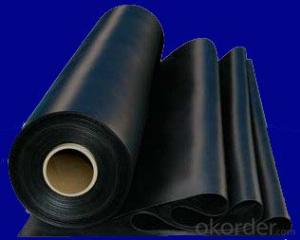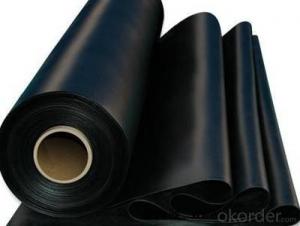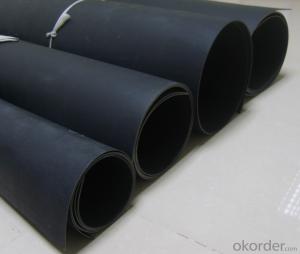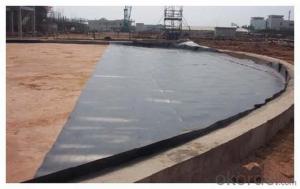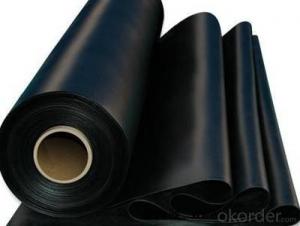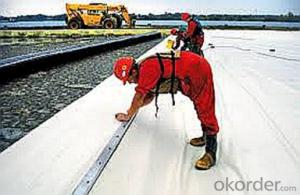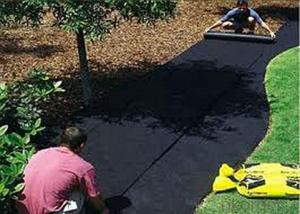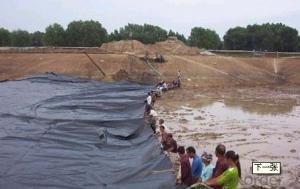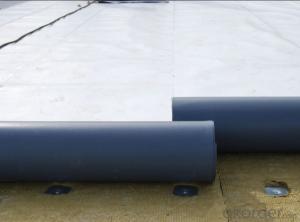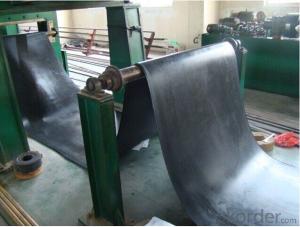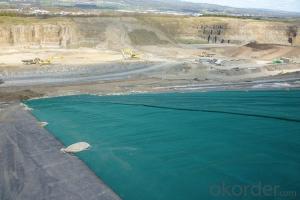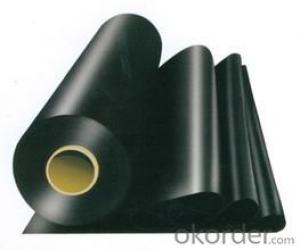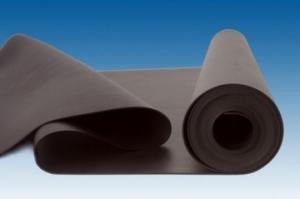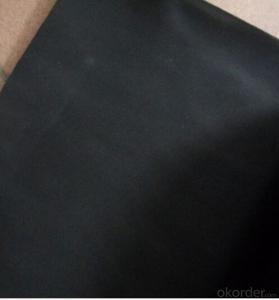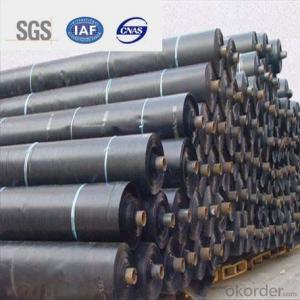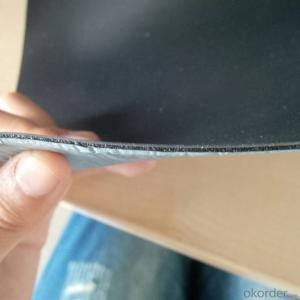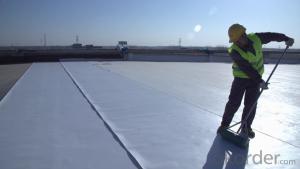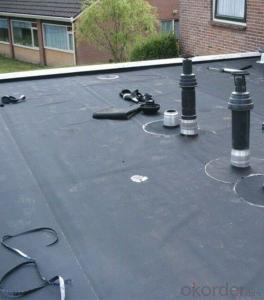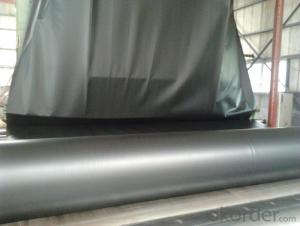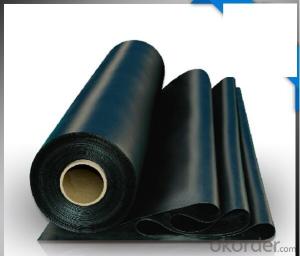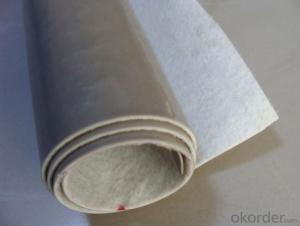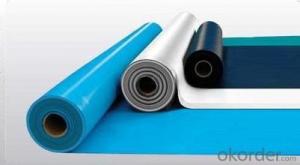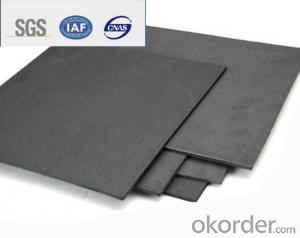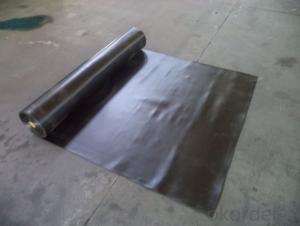Trp Geomembranes
Trp Geomembranes Related Searches
Thickness Of Aluminum Plate Functions Of Geomembranes Classification Of Inorganic Pharmaceuticals Geomembrane Thickness Prefabricated Geomembranes Atarfil Europe Geomembranes Impermeable Geomembranes Atarfil Geomembranes GeomembranesHot Searches
Wholesale Hdpe Geomembrana Hdpe Liner Cost Wholesale Hdpe Geomembrana Hdpe Liner CostTrp Geomembranes Supplier & Manufacturer from China
Okorder.com is a professional Trp Geomembranes supplier & manufacturer, offers integrated one-stop services including real-time quoting and online cargo tracking. We are funded by CNBM Group, a Fortune 500 enterprise and the largest Trp Geomembranes firm in China.Hot Products
FAQ
- Yes, a waterproofing membrane can be used in conjunction with a drainage system. In fact, it is often recommended to use both together for effective waterproofing and drainage in areas such as basements, roofs, and foundations. The waterproofing membrane acts as a barrier to prevent water from seeping through the surface, while the drainage system helps to remove any excess water that may accumulate. By combining these two systems, it ensures a comprehensive solution to protect the structure from potential water damage.
- Specific surface preparation is required for tile installations when using a waterproofing membrane. The longevity of the tile installation and the success of the waterproofing membrane depend on proper surface preparation. Before applying a waterproofing membrane, it is vital to confirm that the surface is clean, dry, and free from contaminants such as dust, debris, oil, grease, or any loose or crumbling materials. Thoroughly cleaning the surface is necessary and removing any existing tile, adhesive, or grout may be required. In addition to cleanliness, achieving a smooth and even surface is important. Any uneven areas or imperfections should be leveled and patched with an appropriate patching compound. This step prevents water from pooling or seeping beneath the waterproofing membrane, which could cause issues like leaks, mold growth, or damage to the tile installation. Moreover, ensuring the surface is structurally solid and stable is essential. Addressing and repairing any cracks, weak areas, or signs of instability before installing the waterproofing membrane is necessary. This establishes a sturdy foundation for the tile installation and prevents future problems. To summarize, proper surface preparation is critical for the success of both the waterproofing membrane and the tile installation. It guarantees a clean, smooth, and stable surface, which is essential for the membrane to adhere effectively and provide reliable waterproofing. Following the manufacturer's guidelines and seeking professional advice if necessary will help ensure correct surface preparation for a durable and dependable tile installation.
- Yes, a waterproofing membrane can be used for oil or gas industry applications. Waterproofing membranes are designed to provide a barrier against water penetration, but they can also be effective in preventing the leakage of oil or gas. These membranes are often used in various industrial applications, including oil and gas pipelines, storage tanks, and containment areas, to ensure the protection and containment of hazardous substances.
- Both interior and exterior surfaces of a structure can receive the application of a waterproofing membrane. These membranes are designed to form a barrier that prevents water from infiltrating the structure. Regardless of whether it is applied internally or externally, the membrane serves the same purpose of keeping water out and safeguarding the structure against moisture damage. In the case of basements, crawl spaces, or other areas where water intrusion from the inside is a worry, interior waterproofing membranes are typically utilized. On the other hand, exterior waterproofing membranes are commonly used on foundation walls, below-grade areas, or building envelopes to stop water from seeping into the structure. It is crucial to select the appropriate type of waterproofing membrane based on the specific requirements and conditions of the structure.
- Waterproofing membranes are generally resistant to salt damage, as they are specifically designed to create a barrier against moisture and water infiltration, offering protection against saltwater as well. Saltwater can be highly corrosive and cause harm to different materials, but waterproofing membranes are typically constructed using materials that can withstand the corrosive effects of salt. These membranes often consist of reinforced PVC, modified bitumen, or EPDM rubber, all of which have proven their durability and reliability in saltwater environments. In fact, waterproofing membranes are commonly used in areas like basements, swimming pools, and marine structures, where they are regularly exposed to saltwater. Thus, it can be concluded that waterproofing membranes are generally resistant to salt damage and effectively shield against saltwater infiltration.
- Indeed, brick surfaces can benefit from the application of a waterproofing membrane. These membranes have been specifically designed to create a barrier that effectively stops water from infiltrating. Notably, they have the versatility to be applied on various surfaces, including brick. By applying a waterproofing membrane to a brick surface, the risk of water damage is significantly reduced. This means that issues such as moisture seepage, which can lead to brick deterioration or the growth of mold, can be prevented. To ensure optimal results, it is crucial to select a waterproofing membrane that is compatible with brick and to closely adhere to the manufacturer's instructions during application. Seeking professional guidance is also advisable in order to choose and apply the most suitable membrane based on the specific requirements and conditions of the brick surface.
- Yes, a waterproofing membrane can be used for basements and crawl spaces. Waterproofing membranes are designed to provide a barrier against water intrusion, preventing moisture from seeping into these areas and causing potential damage. They can effectively protect basements and crawl spaces from water leaks, dampness, and moisture-related issues.
